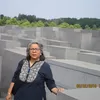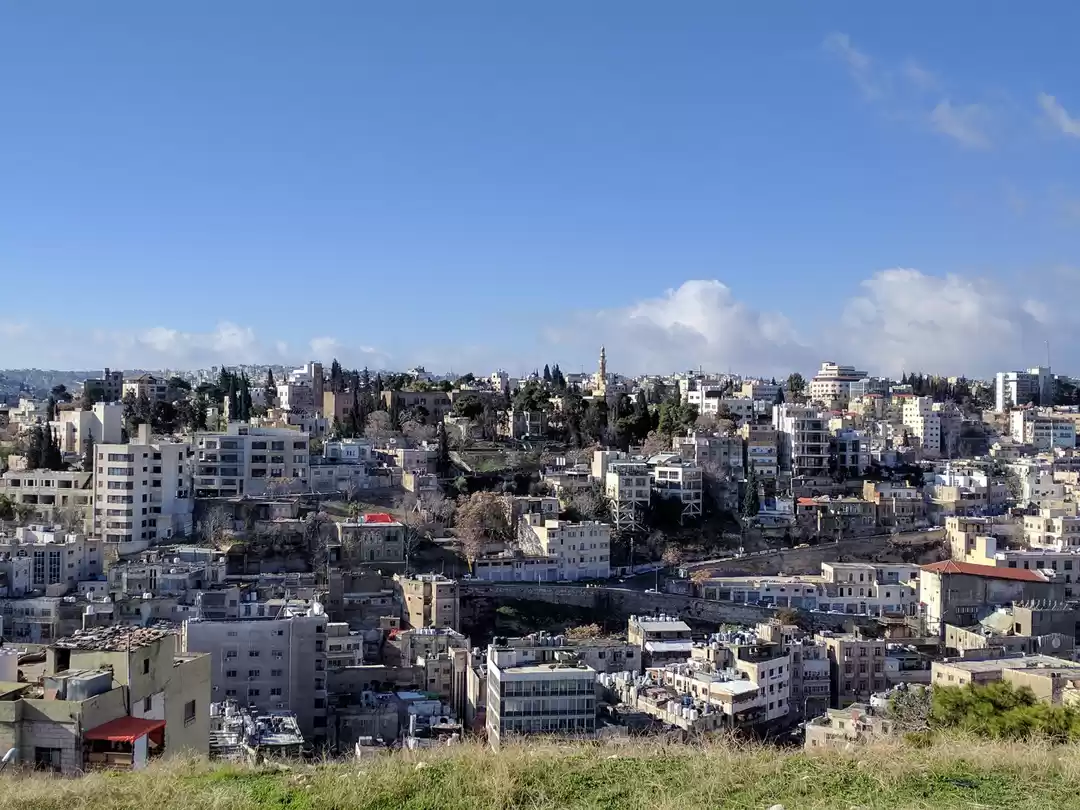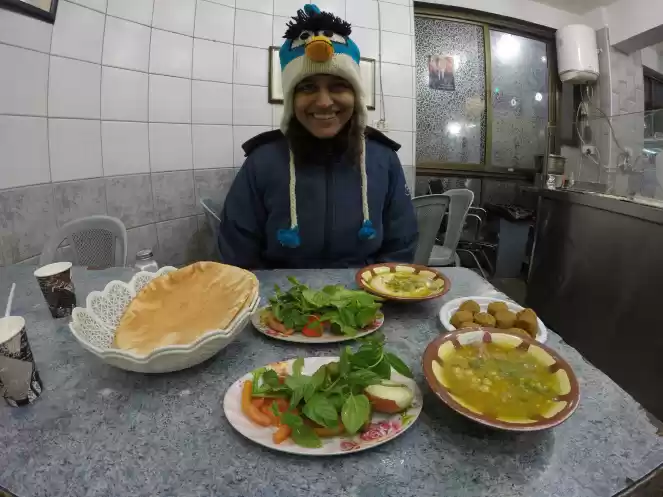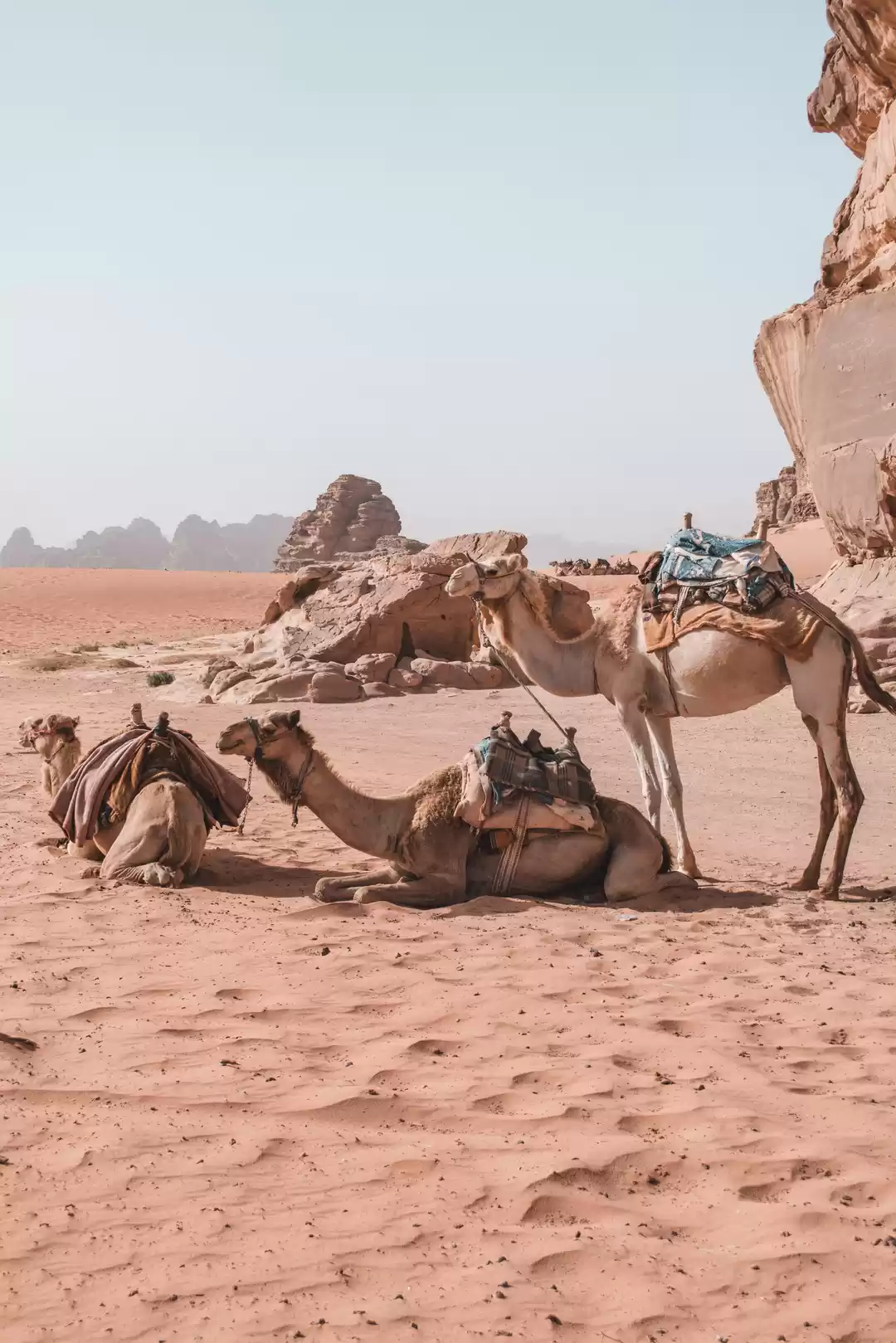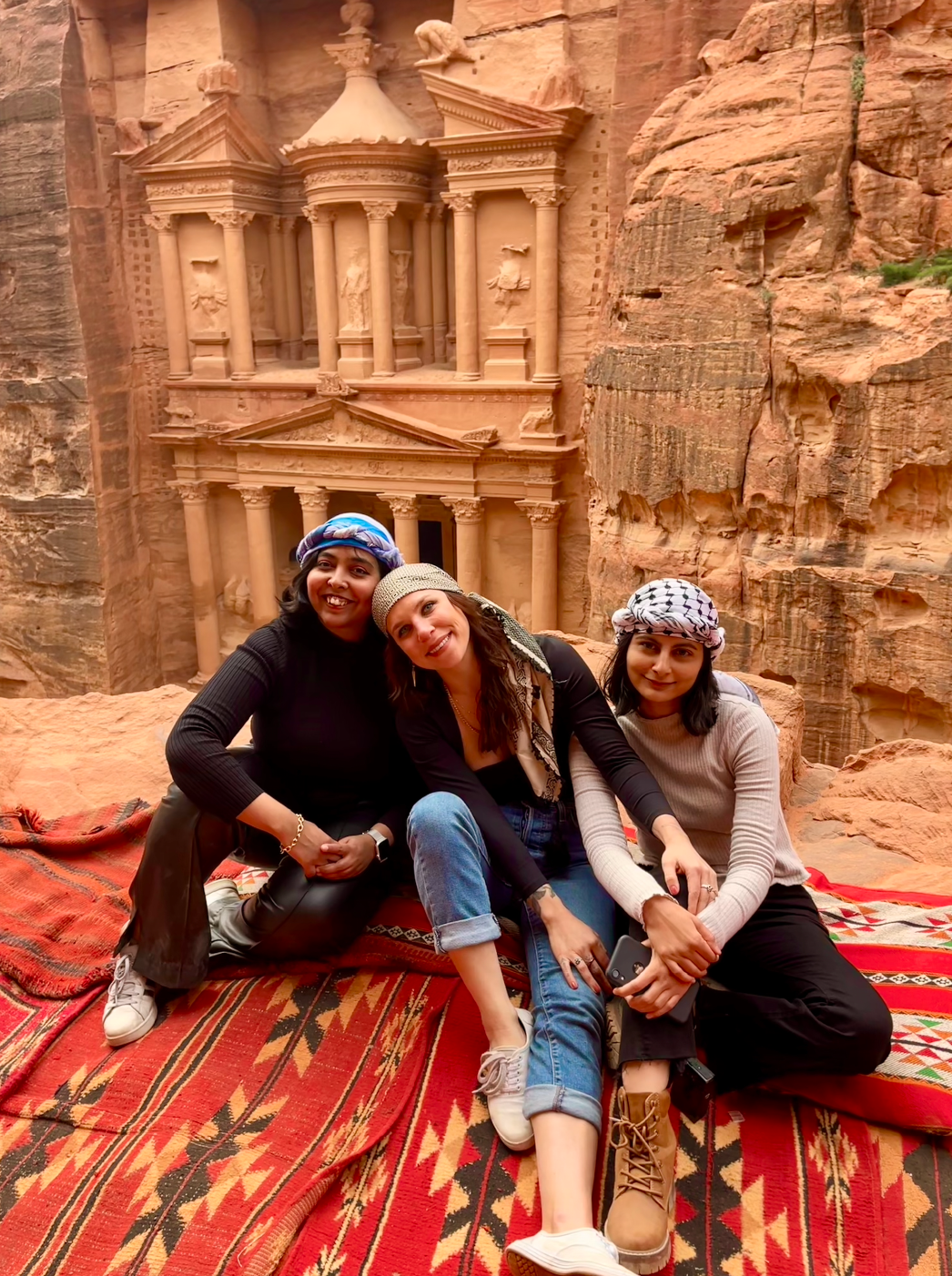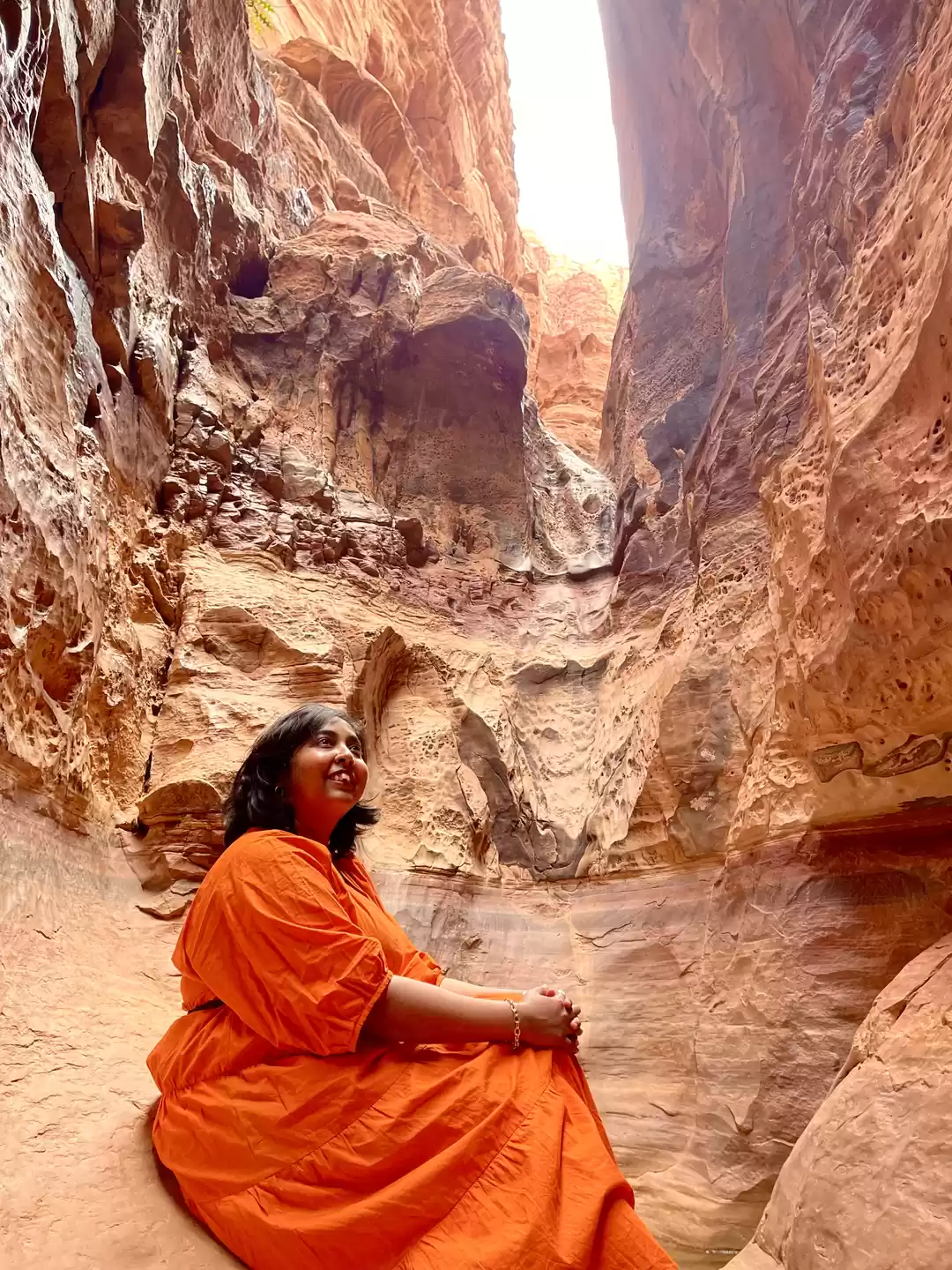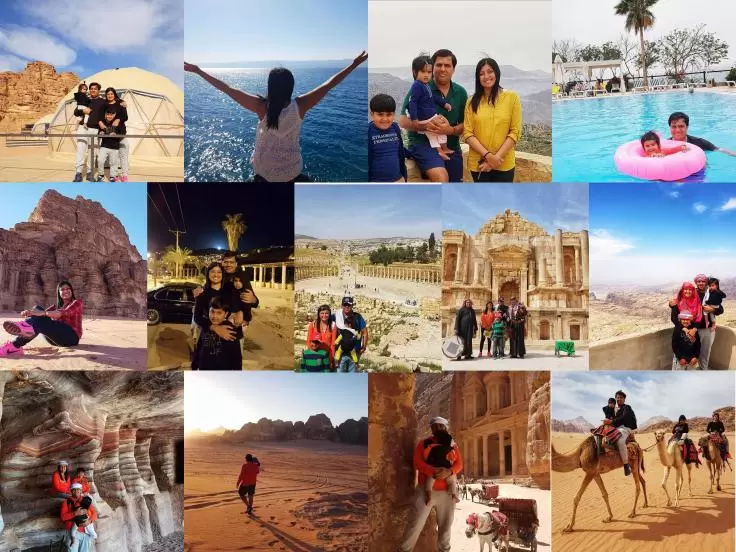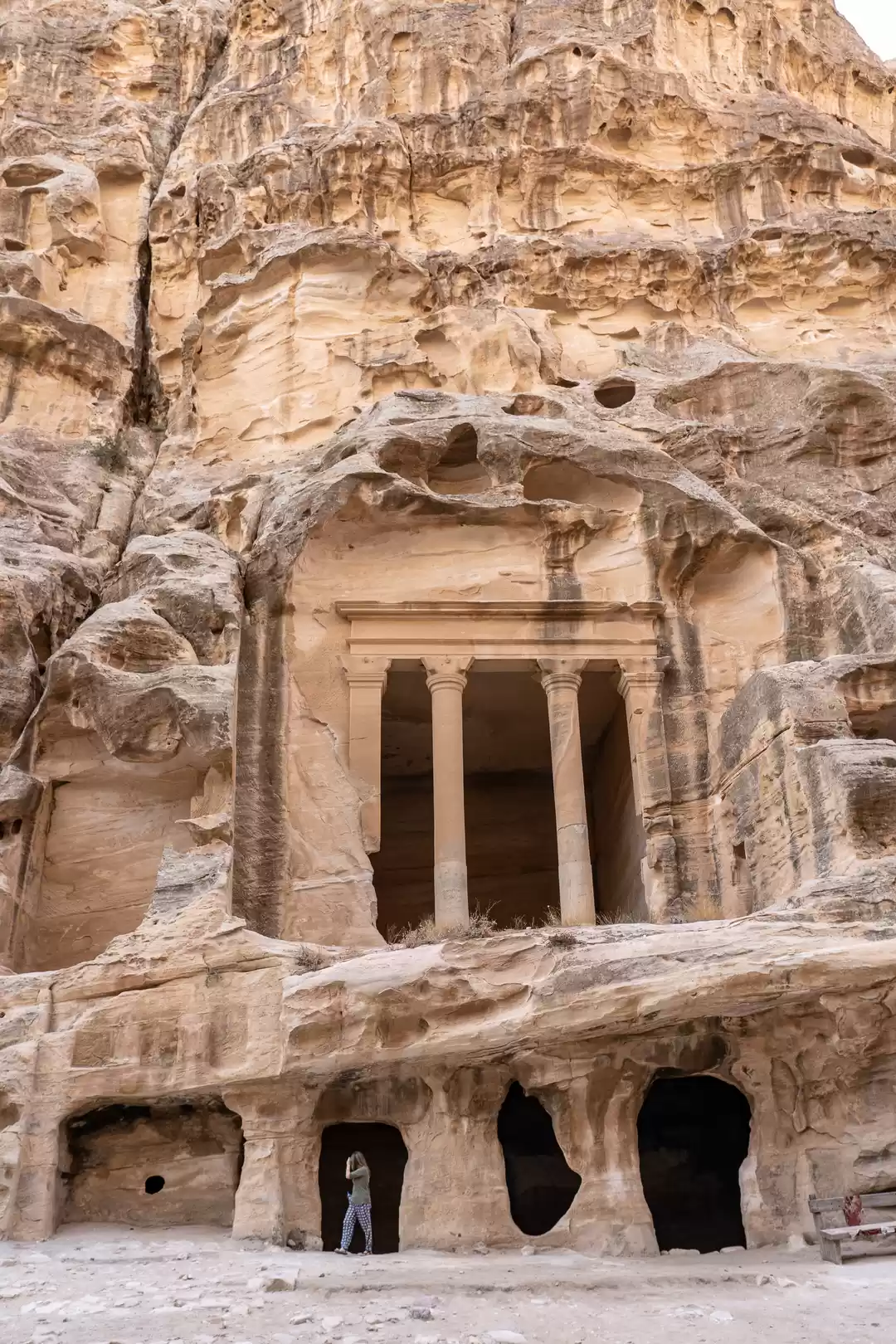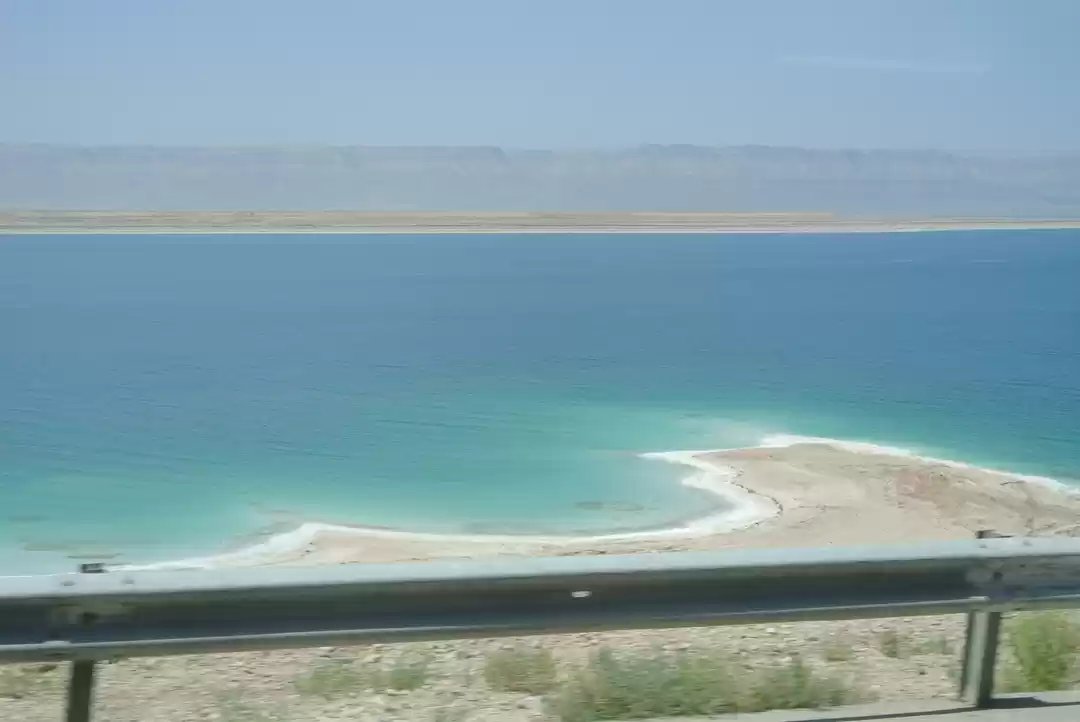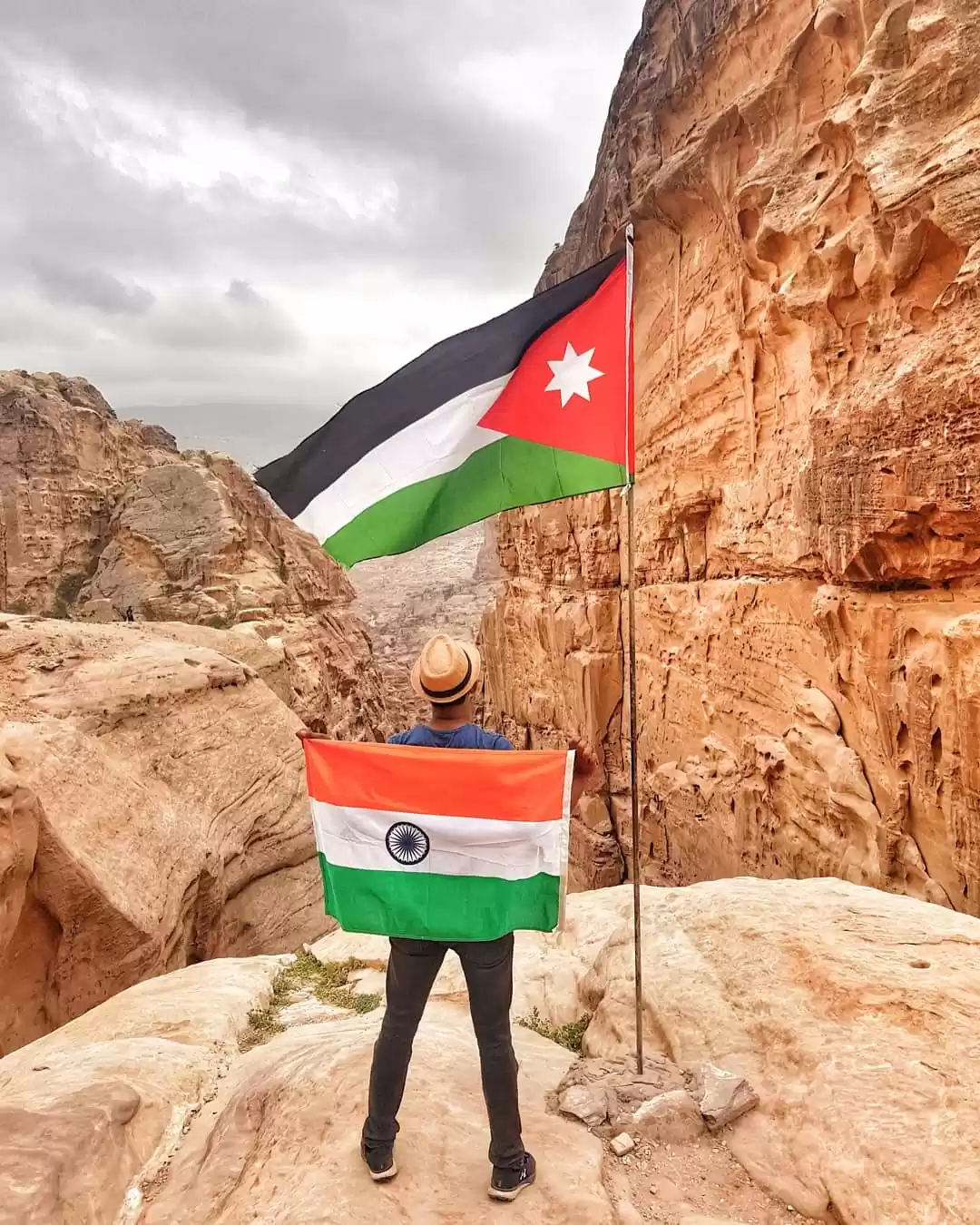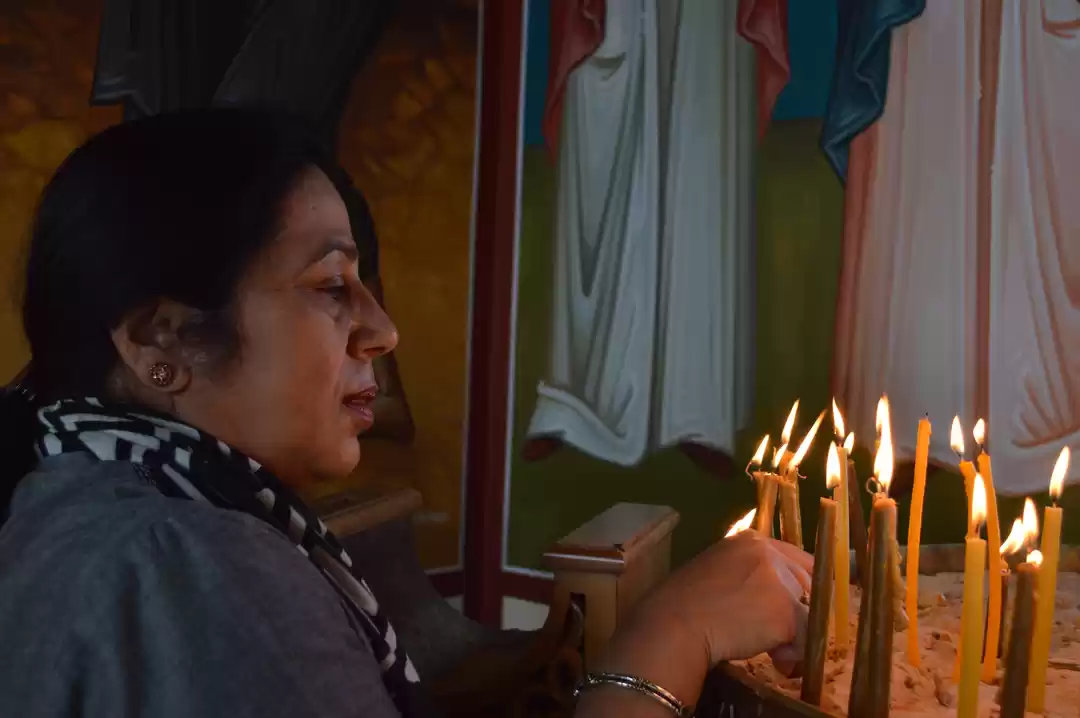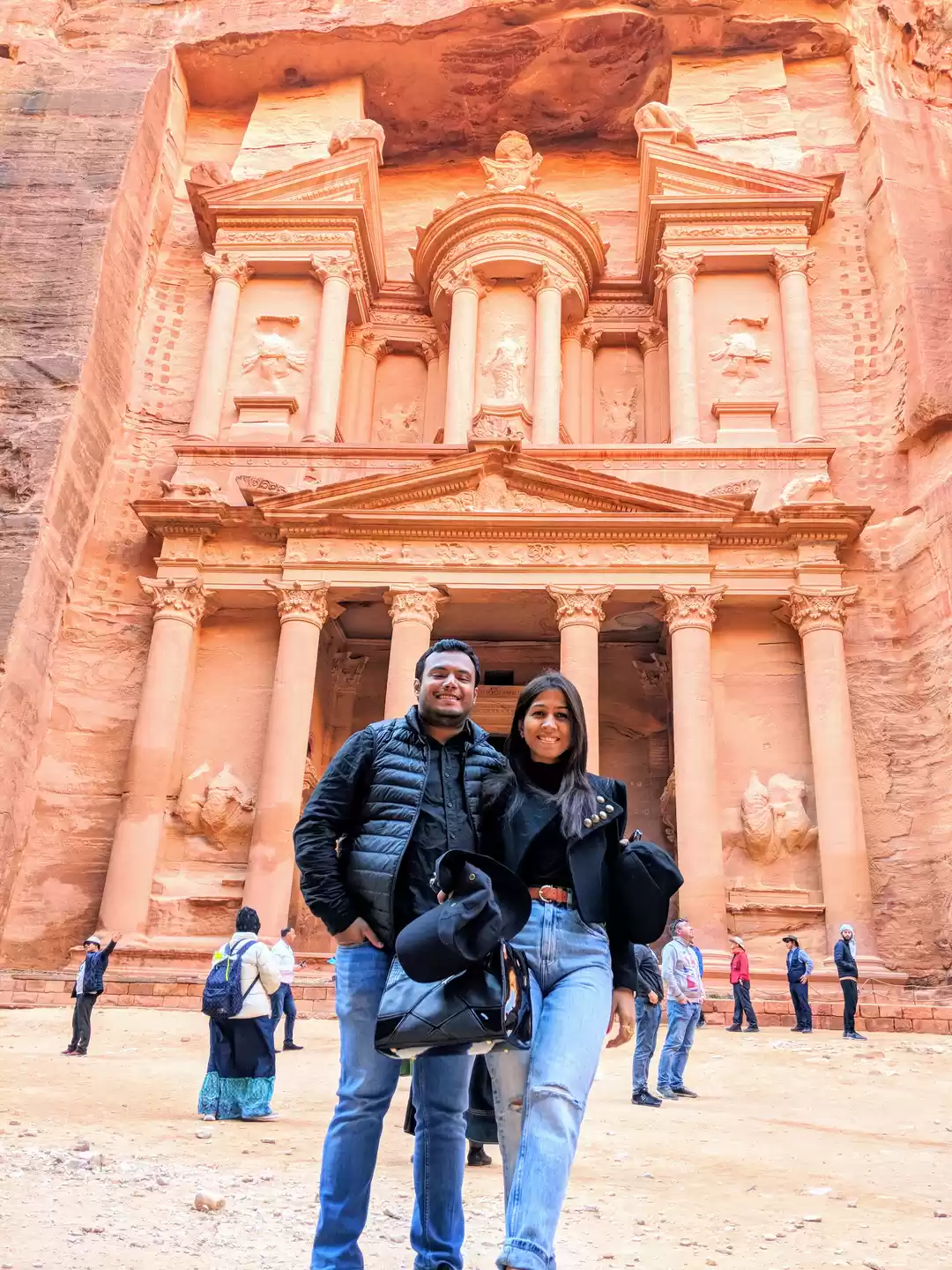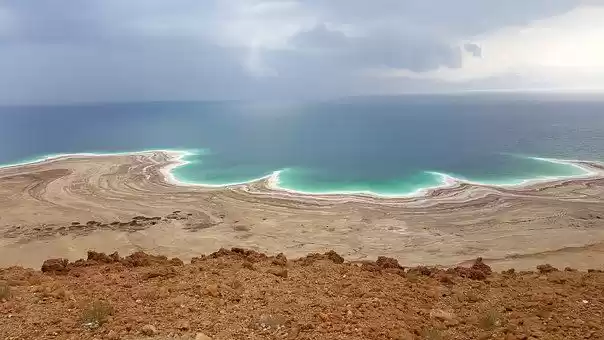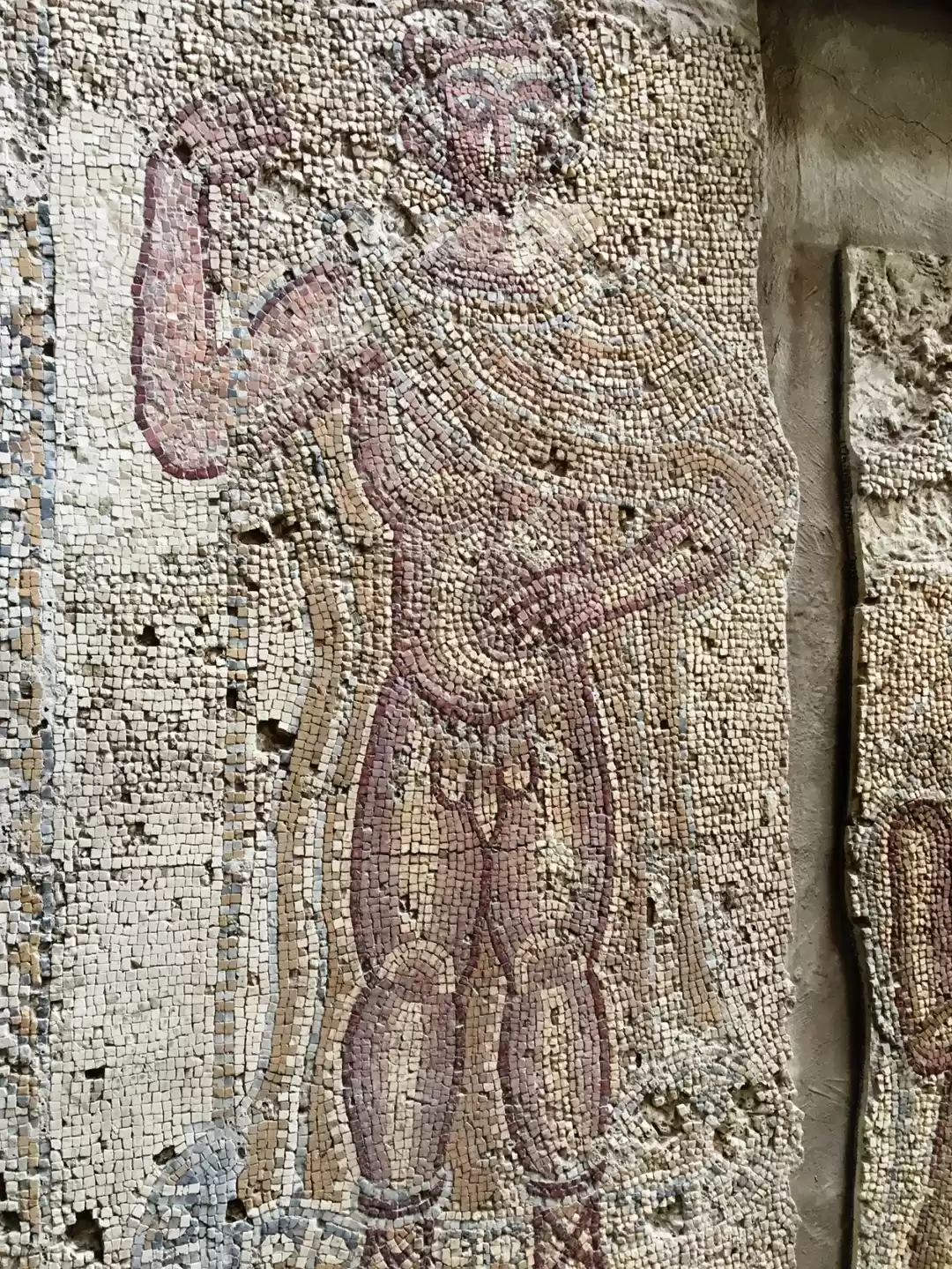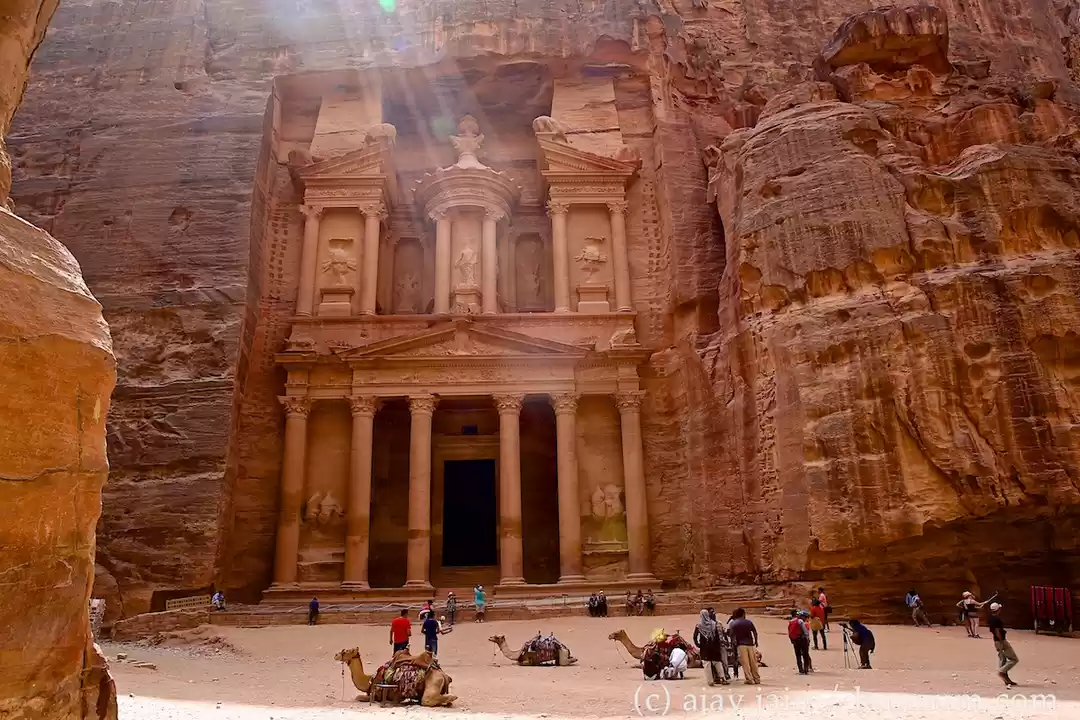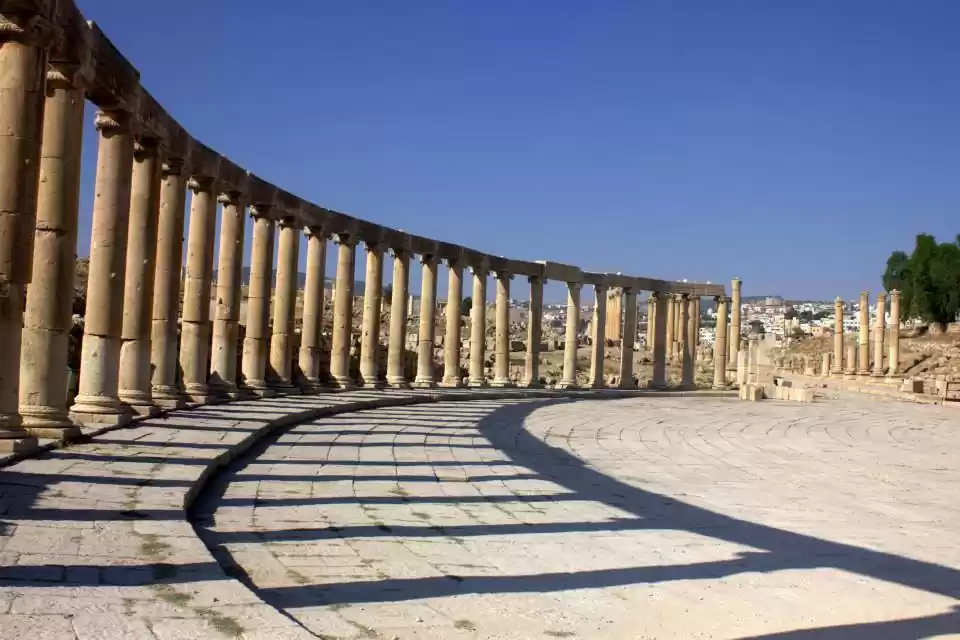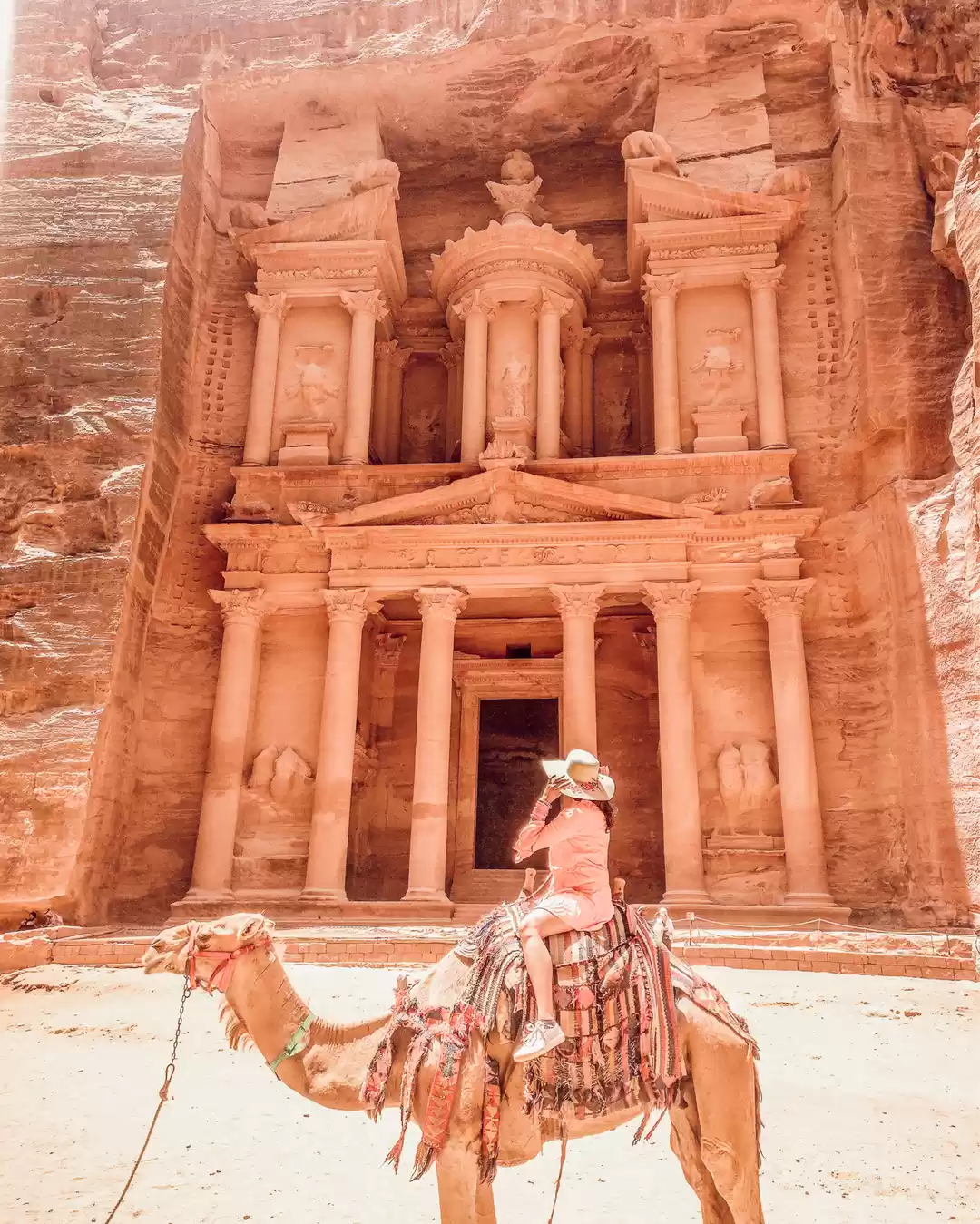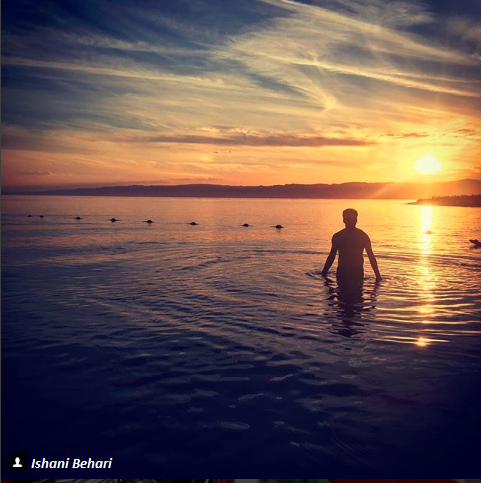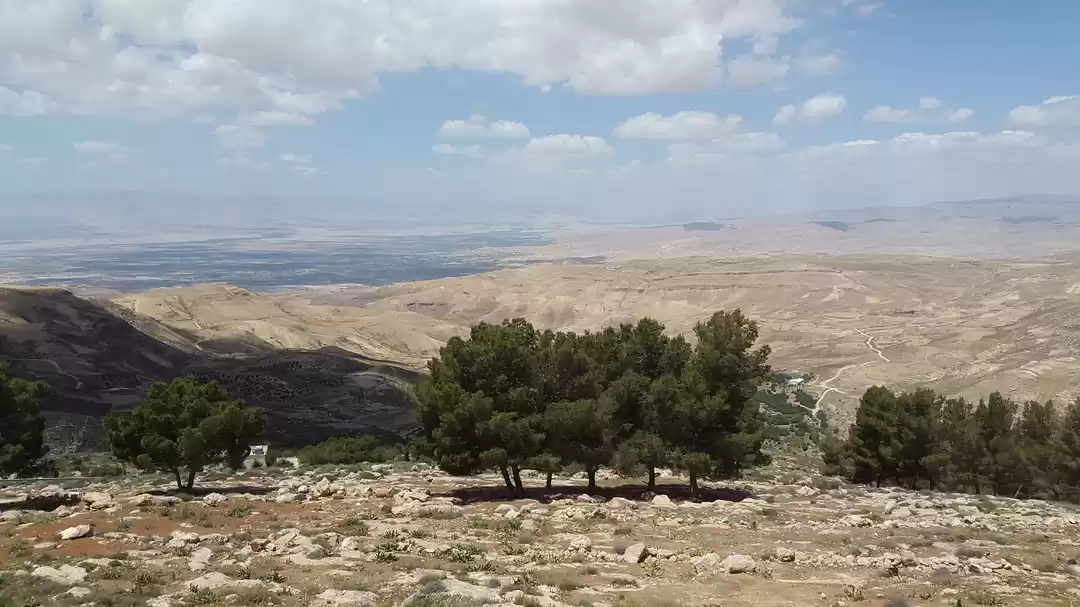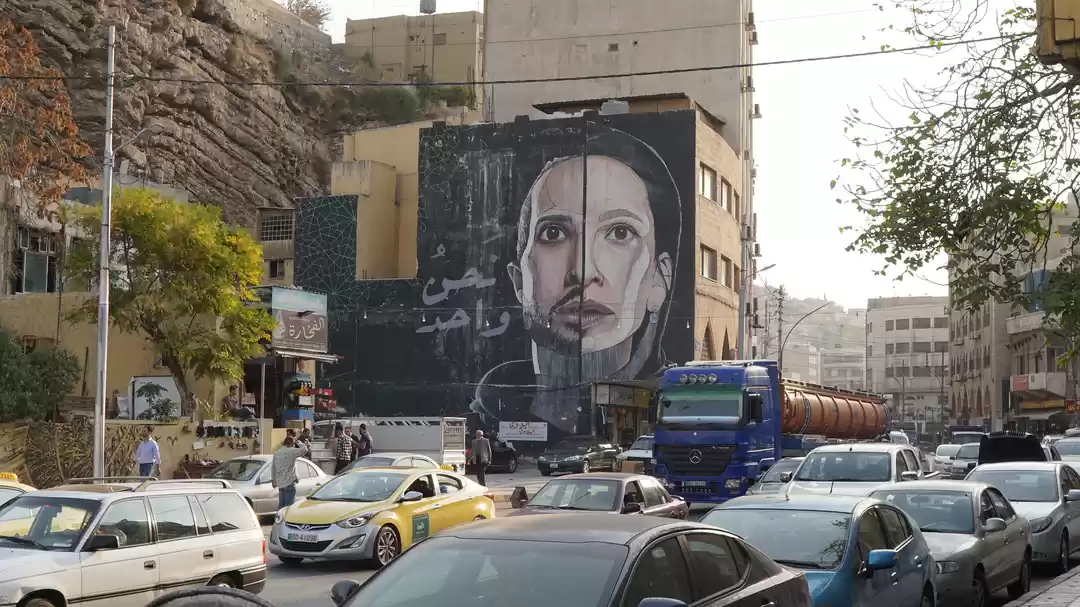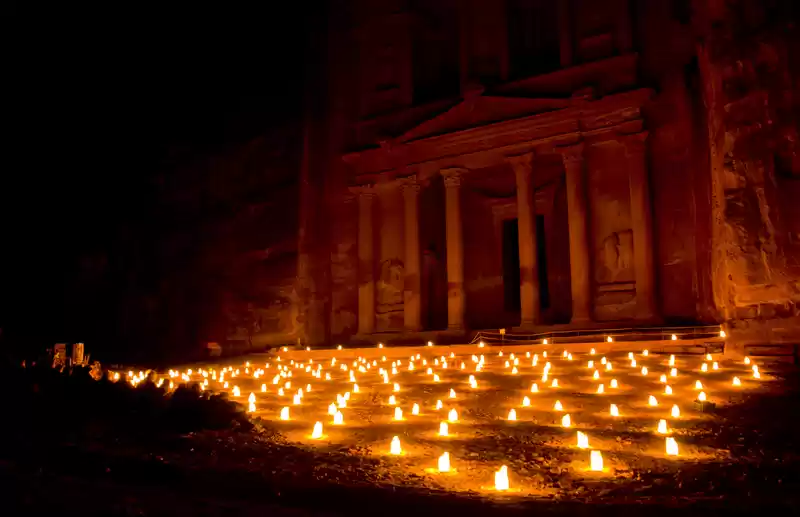
Reading Leon Uris books like Exodus, Milla 18 and Angry Hills, the name Jordan has always struck a chord with me. My belief in Jesus Christ which goes back to my school days in Campus School in Hisar, Haryana led me to Jordan. If one has to go back in time and feels like being a witness to the Baptism of Jesus Christ or walking besides Lord Jesus, one must stand at the shores of the Jordan River which lies between the borders of Israel and Jordan, with Israel and Palestine located to its west and Jordan located to its east respectively. Standing on the eastern shore of the Jordan River, closing my eyes and praying, I was united with Christ and his faith. It was there that I found real peace of mind.




After a visit to the Jordan River, which is now a small brackish, brown pool since along with Israel and Syria, Jordan itself has diverted its waters for irrigation. Walking through the extremely dry and barren land, twisting and turning through a wild landscape populated only by Bedouins and with no signs of water whatsoever and very little vegetation, we moved on to the famous Mount Nebo (3300 feet above sea level). There are magnificent views of the Jordan Valley below, from the Dead Sea to the West Bank and beyond. This is the place where Moses saw the Promised Land after 40 years in the wilderness and died at the grand old age of 120. No one knows the exact location of his burial, but the Memorial Church of Moses, currently under reconstruction, claims to be the burial site. Pope John Paul II visited it during his pilgrimage to the Holy Land in 2000 and planted an olive tree next to the Byzantine chapel as a symbol of peace. Deigned by the Italian artist Giovanni Fantoni, a serpentine cross sculpture has been erected on top of Mount Nebo. It symbolises the serpent held high by Moses and the cross on which Jesus was crucified.







While driving from Mt. Nebo to Madaba, I was full of thoughts about the time of Moses and Baptism of Jesus Christ and about the beauty and sanctity of what I had just witnessed.

Madaba is the capital city of Madaba Governorate in Central Jordan. Home to a population of 60,000, it is best known for its Byzantine and Umayyad mosaics, especially a large Byzantine-era mosaic map of the Holy Land .

It dates from the sixth century and besides the aesthetic purpose, it was probably intended to help pilgrims find their way from one holy site to another. St George's Church is, of course, a modern church, and the original Byzantine building was much larger. This mosaic must have taken years to make. With two million pieces of coloured stone, the map depicts hills and valleys, villages and towns in Palestine and the Nile Delta. The mosaic contains the earliest extant representation of Byzantine Jerusalem, labelled the "Holy City." The map provides important details about its 6th-century landmarks, where the central colonnaded street, and the church of the Holy Sepulchre are clearly visible. This map is one key element in developing scholarly knowledge about the physical layout of Jerusalem after its destruction and rebuilding in 70 AD.
The mosaic artist conceived and carried out his masterwork with great topographical skill and biblical knowledge. The Madaba Mosaic map is deemed by some scholars to be the best topographic representation done before modern cartography. As a source of biblical topography the map is fully comparable with the well-known treatise on the biblical places written in Greek about 395 A.D. by the historian Eusebius of Caesarea and translated into Latin by Jerome about 490 A.D.




A mosaic is a piece of art or image made from the assemblage of small pieces of coloured glass, stone, or other materials. It is often used in decorative art or as interior decoration. Most mosaics are made of small, flat, roughly square, pieces of stone or glass of different colours, Some, especially floor mosaics, are made of small rounded pieces of stone, and called "pebble mosaics".I was fascinated and decided will try doing it in the school with my students, hoping to achieve somewhere near this perfection.

One must not forget the delicious food in the restaurants served by die hard fans of our Bollywood heroes and heroines. Here are a few of their favourites Amitabh Bachan, Salman Khan, Sharukh Khan and Katrina Kaif. The restaurants were decorated with the ancient artefacts on the way and in our beautiful resort at the banks of Dead sea.


Day two was my refreshing morning visit to the world's saltiest body of water which is bordered by Jordan to the east and Israel and Palestine to the west and is 430.5 metres (1,412 ft) below sea level. It was great to have the beach to myself. The sea receives many incoming rivers, including the Jordan River, all of which become landlocked here and eventually evaporate leading to a high concentration of salts and minerals with qualities beneficial to the skin and other health aspects.( Note: Do not try washing your face with the salty water. The salt gets into ones' eye and one can hardly open the eyes. )
Road Trip from the Magnificent Dead sea to the awe-inspiring ancient Nabatean city of Petra.
Travelling on probably the most spectacular road in Jordan which is not dangerous but yes very challenging, I went through the barren valleys and rugged mountains. The occasional patch of green. Low-roofed homes, some ramshackle, and villages where a few curious faces looked up with curious eyes. And the rare treat of a white camel.



Having food in a road side restaurant, enjoying the food and the ambience and an amazing host in the form of a friendly cat was joyful.




PETRA
Nothing could be more fulfilling than laying your eyes for the very first time on the rose-coloured city of Petra, carved into the sandstone rock, or of walking through the Siq, its swirling 1km long canyon with smooth sandstone walls sculpted by rivers over time, that seems like a portal into another world.
The former capital of the Nabatean Arabs is a UNESCO World Heritage Site and one of the new Seven Wonders of the World. Discovered in 1812, more than 90% of Petra still remains to be explored and there is plenty of scope for archaeological discovery.three god-blocks, standing 6 to 8 meters high. They were almost certainly shrines for the gods who guarded Petra's water supply, but the Muslim Bedouin called them "jinn blocks" based on the belief they contained Djinn, or desert spirits.




While walking on the gravel road which is meant for horse carts and pedestrians, I observed that occasionally the path widens enough to allow in warm sunlight and even a tree; other times it becomes so narrow (as little as 2 meters apart) that the stone seems to block out virtually all heat, light, and sound.

Anticipation builds as the walk goes on, and at the end of the Siq is a dramatic moment - planned that way by the Nabateans to impress their visitors. The gorge narrows, and the soft curves of the Siq frame a sunlit strip of an extraordinary sight: the Treasury.
It is a valley cut into the sandstone and granite rock in southern Jordan 60 km to the east of Aqaba; it is the largest wadi in Jordan.Wadi Rum has been inhabited by many human cultures since prehistoric times, with many cultures–including the Nabateans–leaving their mark in the form of rock paintings, graffiti, and temples.
In the West, Wadi Rum may be best known for its connection with British officer T. E. Lawrence, who passed through several times during the Arab Revolt of 1917–18.
Filming location
The area has been used as a background setting in a number of films. Filmmakers are particularly drawn to it for science fiction films set on Mars.
Lawrence of Arabia ,Transformers: Revenge of the Fallen – represented as being in Egypt, Krrish 3 – the song 'Dil Tu Hi Bata' ,and last but not the least , The Martian – filming for the Ridley Scott film began in March 2015, for shots that stood in for the surface of Mars.



Amman, the capital of Jordan, is a fascinating city of contrasts – a unique blend of old and new, ideally situated on a hilly area between the desert and the fertile Jordan Valley.
In the commercial heart of the city, ultra-modern buildings, hotels, smart restaurants, art galleries and boutiques rub shoulders comfortably with traditional coffee shops and tiny artisans' workshops. Everywhere there is evidence of the city's much older past.
Due to the city's modern-day prosperity and temperate climate, almost half of Jordan's population is concentrated in the Amman area. The Jordan Archaeological Museum is located in the Amman Citadel of Amman, Jordan. Built in 1951, it presents artifacts from archaeological sites in Jordan, dating from prehistoric times to the 15th century
Enjoying the company of my radiant companion Akanksha and our learned guide Waleed Hiasat who showed his patience in explaining facts about the history of Jordan I moved on to see the The Royal Automobile Museum .



